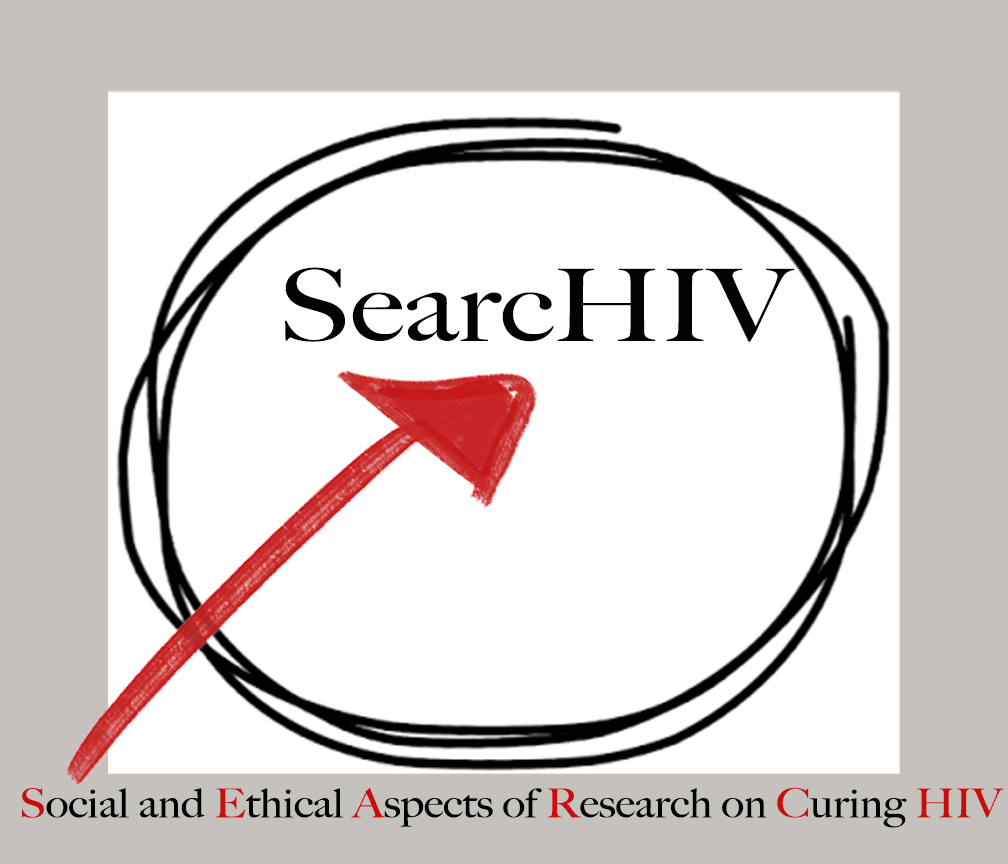Traditional healers (THs) remain significant in the South African healthcare delivery model. On the one hand, THs form an integral link in traditional African conceptions of community, self, personhood, disease, cure and treatment. THs (isangomas) interact with the metaphysical world of the patient to divine the spiritual nature and ultimate cause of disease, often determined to be some sort of relational disharmony, be that with other humans, animals, nature, inanimate objects or the ancestors. Without setting this right (as divined by the TH), no cure is final or lasting. This does not preclude standard treatment by means of bioscience, and it is not unusual for even urbanised family members to gather to do the traditional “thing” after a patient’s discharge from hospital. The more traditional, rural, and tribal and the less familiar with scientific notions the group/person, the more likely it is that this scenario will play itself out. Even urbanised members of the black community do not necessarily lose these traditional cultural values and practices. Besides, many urbanised in the black community have family in the rural areas, and often re-immerse themselves in tradition when they return home for holidays, illness, betrothals or family events.
On the other hand, as Bannerman pointed out:
“In many of these developing countries, primary health care devolves on the healer, herbalist, traditional midwife, and other traditional practitioners. These are the health workers that offer services to the disadvantaged groups that total about 80% of the world’s population and have no easy access to any permanent form of health care.”
So it is for many South Africans simply also a question of necessity. Often the level of uptake of THs and TMs (traditional medicines) reflects the absence of standard biomedical health services. In other instances (and this appears to be true in HIV/AIDS), THs are consulted electively; this may have to do with the chronic/incurable nature of the disease, the desperation for cure, the fear of stigmatisation and debilitating side effects of treatment.
The multinational Traditional Healers Organisation (THO) has approximately 25000 South African members and is but one of several organisations. The Traditional Health Practitioners Act of 2007 (Act. 22 of 2007) recognises several TH categories: diviners (isangomas), herbalists (inyangi), traditional birth attendants, and traditional surgeons (tasked with performing ritual circumcisions in adolescents). The Act is vague on training requirements yet registration is mandatory, but it is unclear if and how this is regulated.
What is the level of uptake of THs services in South Africa? When asked whether respondents had consulted a TH in the past month in two SA Medical Research Council/Department of Health studies, the positive response varied from 5,2% (2003) to 1,2% (2011), though the studies were not totally comparable. Yet of interest for our purposes is the significantly higher utilisation of traditional services in patients with HIV/AIDS; at least 30% of HIV+ respondents in various studies have in some way or another used herbals or a combination of treatments. I would presume stigmatisation, the nature of the disease, the attendant hopelessness and possibly the severity of side effects of ARVs to contribute to the high uptake.
THs are respected and have important social and political roles in their communities. Even though HIV cure research is bound to be highly scientific, research will frequently be conducted in communities that value and trust in their THs. It seems appropriate that the distrust between biomedicine and THs – mostly emanating from biomedicine – be replaced with co-operation, harnessing the positive contributions that THs can make. To mention three possibilities: first, THs can bridge the divide between biomedical and traditional concepts of disease and cure. In traditional African medicine, cure simply means an absence of symptoms (we might conceptualise this as “functional cure”). THs can assist researchers in explaining and contextualising the biomedical meanings of cure. Secondly, THs could assist in limiting that ever-present confounder: the therapeutic misconception. And lastly, THs can assist in explaining the nature and aims of the particular study.
Despite their lack of a scientific background, THs can successfully be introduced to science and biomedicine; a few examples prove this point: THs have been used in HIV prevention research, have successfully been trained as councillor/testers (in this small study, there was remarkable co-operation between THs and biomedical practitioners, and THs did much more than was expected of them), and TH involvement has improved compliance, lowered mortality and decreased absconding in TB patients.
THs are here to stay, at least for the foreseeable future, and have unique attributes which biomedical researchers can tap into. I would regard it as an imperative that biomedical researchers investigate and understand how THs relate to the research community in question, and learn to draw on these capabilities and capacities. Biomedicine determines the research agenda, controls the funds and discourse of medicine, and wields the power, but cannot go it alone when it comes to HIV cure research. African traditional medicine has an important lesson for us: that research should be a holistic and community-sensitive endeavour; who better to assist in our understanding of this than THs who practice this every day?
References
Wilkinson K. Do 80% of S Africans regularly consult traditional healers? The claim is false. Africa Check 31 July 2013. Online: http://africacheck.org/reports/do-80-of-south-africans-regularly-consult-traditional-healers-the-claim-is-false/ Accessed 28 April 2014.
Peltzer K, Friend-du Preez N, Ramlagen S & Fomundam H. Use of traditional, complimentary and alternative medicine for HIV in KwaZuluNatal, South Africa. BMC Public Health. 2008;8:255

